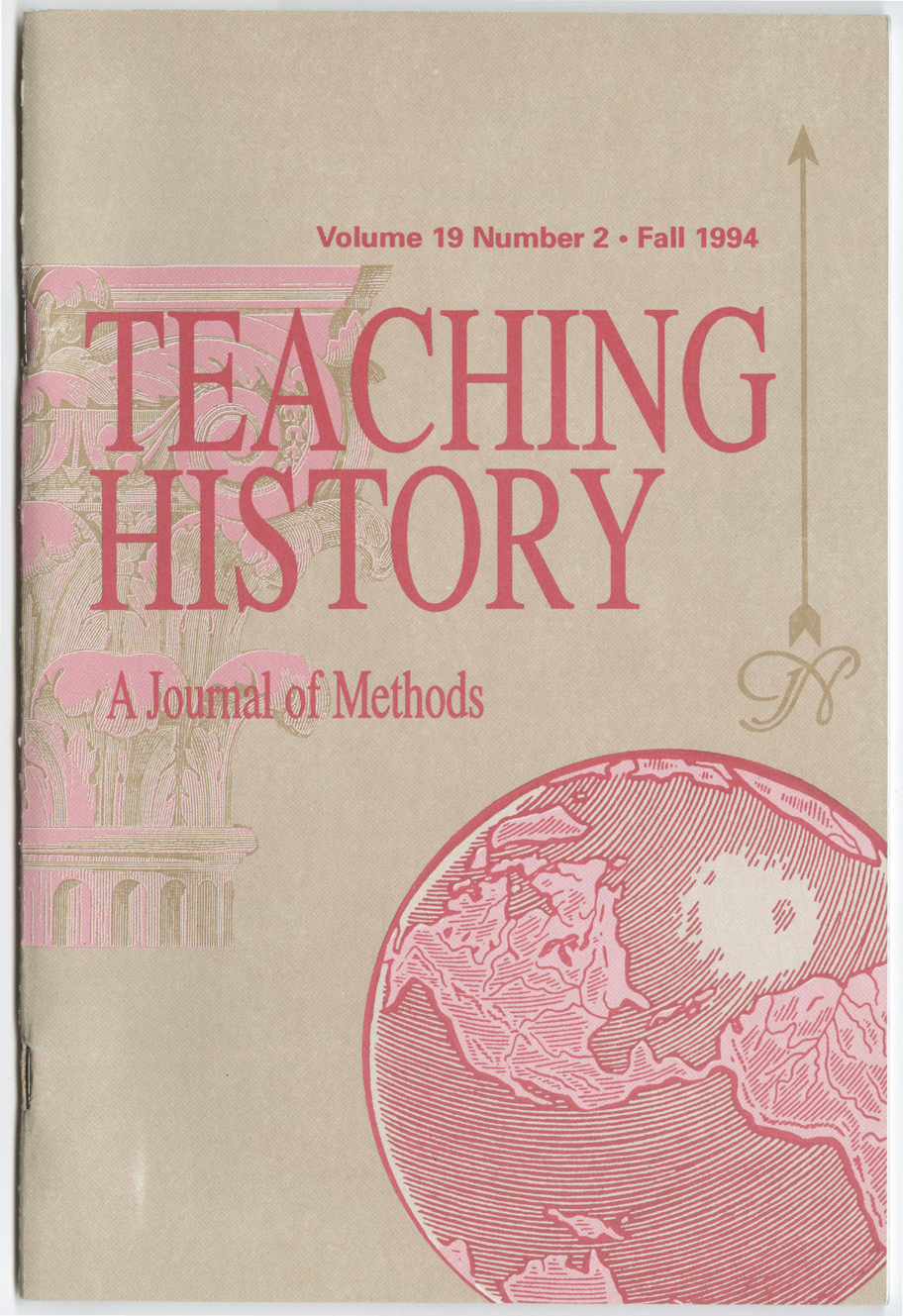The Military Museum As Classroom
DOI:
https://doi.org/10.33043/TH.19.2.65-70Abstract
One of the difficult associations that students must make in their study of history is visualizing the physical conditions of the event or period under study. For example, when World War I pops up on the schedule of a history of Western civilization course, or a more specialized course in European, American, or World history, students might have difficulty in conjuring up images of what it must have been like for soldiers engaged in battle on the Western Front. It is easy to understand mud and stagnant water if you're standing in it up to your hips. But to imagine it without the "props" is harder. When we add the pictures of some of the other pervasive realities of combat in 1918-such as the unavoidable stench of death in the trenches, the crackle of machine gun fire, the ominous poison gas clouds hanging in shell craters, and the loud thumps of mortar and artillery rounds falling amongst frightened soldiers-the approximation of reality becomes more vivid. The problem for students is that they do not have a personal frame of reference with which to measure their new information.
Downloads
Downloads
Published
How to Cite
Issue
Section
License
Copyright (c) 1994 John F. Votaw

This work is licensed under a Creative Commons Attribution-NonCommercial-NoDerivatives 4.0 International License.
By submitting to Teaching History, the author(s) agree to the terms of the Author Agreement. All authors retain copyrights associated with their article or review contributions. Beginning in 2019, all authors agree to make such contributions available under a Creative Commons Attribution-NonCommercial-NoDerivatives 4.0 International license upon publication.



